Introduction
Do you enjoy exploring nature? Are you a fan of water activities? If you answered yes to both questions, then we highly recommend giving kayak camping a try. Kayak camping is becoming increasingly popular because it lets you explore places that larger boats can't reach. If you're curious about joining the kayak camping adventure but don't know much about it. Be sure to bookmark this article. It tells everything about Kayak camping for beginners. You'll learn something after you read it.
What is Kayak Camping

Kayak camping, also known as kayak camping trips or kayak camping adventures. It means that people use kayaks for both travel and sleeping outdoors. It's like a combination of kayaking and camping. People load their camping stuff onto the kayak and paddle to places where they can set up camp along rivers, lakes, or coasts. They bring tents, sleeping bags, and food for the trip. It's a cool way to explore nature, especially in places that are hard to reach by other means. Kayak camping is about enjoying a new style of adventure while experiencing outdoor activities.
How to Pack for Kayak Camping
The first thing you need to do is to figure out how to pack a kayak for camping. Kayak camping gear is much easier than camping gear. The kayak has more space than a backpack. You don't have to take all the essentials on your own. We have collected a kayak camping checklist for your reference. You may go through it to decide how to camp with your kayak.

1. Kayak Camping Essentials
- Sleeping Gear: Such as a sleeping bag, sleeping pad, and pillow.
- Clothing: Extra clothes, swimwear, wetsuit, swim cap, rain jacket, etc.
- Waterproof Footwear.
- Food and Water.
- Items like a satellite phone.
- Firestarter.
- First Aid Kit.
- Life Jacket.
2. Kayak Camping Gear
- Dry bags of different sizes.
- Kayaking Gloves.
- Multi-functional Tents.
- Water Filter.
- Cooking Gear: Such as a portable stove, cups, bowls, mugs, lighter, etc. Consider bringing a portable cooler for food freshness if needed.
- Personal Hygiene Items (soap, toothbrush, toothpaste, shampoo).
- Flashlight.
- Navigation Tools, including GPS, maps, compass.
- Fishing Equipment.
- Trash Bags.
3. Kayak Camping Power Supply
When you go kayak camping, it's important to stay connected. Make sure your devices have a steady power supply. Regular power banks might not last long, especially with multiple devices. That's why bringing a portable solar generator is a good idea. The Pegiant MItos Y700 solar generator would be your best bet.

The Pegiant MItos Y700 portable power station features a revolutionary crossbody bag-style design. It truly frees up your hands. The Pegiant MItos PV100 solar panel is 44% lower in storage height and 24% lighter than similar products. Their combination is the lightest setup in its class. It takes only 50 minutes to recharge the Pegiant MItos Y700 from 0% to 80% during AC charging. It is much faster than similar products in the market. With the LFP battery, it lasts up to 10 years. Even if you use it every day. Besides, the latest BMS system also brings a higher level of security.
The Pegiant MItos Y700 solar generator is ready to power for you. Anywhere, anytime.
Useful Tips for Kayak Camping
1. Start with Basic Kayaking Skills
Before you try kayak camping, make sure you know the basics of kayaking. Practice paddling, turning, and getting on/off the kayak. Learn important safety techniques to stay secure on the water.
2. Choose an Easy Location
Select a place with calm and easy-to-paddle waters. Look for campsites that are accessible, so you can build confidence. Explore local areas with waterways suitable for beginners. Make sure you'll get a more enjoyable and manageable experience.
3. Check the Weather in Advance
Check the weather forecast before your trip. Be prepared for changing weather conditions. Dress appropriately and bring layers to stay comfortable.
4. Keep Charged, Stay Connected

During the kayak camping, essential devices like navigation tools, lights, phones, or laptops all need charging. The Pegiant MItos Y700 has a 307Wh capacity and 700W power output. It is perfect for charging and lighting basic devices during camping. The multiple ports allow it to power up to 10 devices simultaneously. It's the ideal companion for a kayak camping adventure.
5. Figure Out the Kayak's Load Capacity
Kayak load capacity refers to the weight a kayak can support on the water while staying afloat. Figure out the maximum weight it can handle. Make sure it stays below the maximum capacity after all your gear is on board. This is crucial for your camping safety. If a kayak is overloaded, it may sink more easily. Paddling and turning also become harder. To prevent exceeding the kayak's capacity, follow these steps:
- Weigh yourself and any passengers who might camp with you.
- Weigh all the gear you'll bring, including camping equipment, extra food, and water.
- Combine these weights and make sure they're about 10 pounds less than the kayak's maximum capacity.
6. Make Sure the Kayak is in Good Working Condition

Remember to check the kayak's condition before you set out. Tiny cracks are easy to overlook. But it could lead to leaking during camping. Checking before departure helps avoid these unpleasant experiences.
7. Double Check the Kayak Camping Gear
It's common to forget things right before leaving. Realizing you left something outdoors can be troublesome. So, before heading out, double-check your checklist to make sure everything is packed and ready.
8. Learn Basic Safety and First-aid Skills
During kayak camping, unexpected situations may arise. Learning basic safety and first aid knowledge can play a crucial role in these moments. A first aid kit is also essential. Ensure you have a safe and comfortable camping journey.
9. Leave No Trace
Whether it's kayak camping, road trips, or simple camping, always remember to protect the environment. Don't leave any trash behind. Strive to leave "no trace" when you depart. Carry a few different-sized trash bags. Take your garbage with you. Then dispose of it in the appropriate place later.
How to Choose a Kayak for Camping
1. Determine the Kayak Type You Want
Beginners should consider various aspects when choosing a kayak. Such as stability, maneuverability, storage space, and more. The right kayak will make beginners feel more comfortable and balanced on the water. Here's a summary of several types of kayaks that are beginner-friendly. You can refer to the table below for guidance when making your choice.
|
Type |
Features |
Best for |
|
Recreational Kayaks |
Wide and stable design for easy maneuverability. Often have a large cockpit for comfortable entry and exit. |
Calm rivers, lakes, and slow-moving waters. Perfect for beginners and short recreational trips. |
|
Touring Kayaks |
Longer and narrower hulls for improved tracking and speed. Increased storage space for longer journeys. |
Extended trips, coastal exploration, and camping adventures. Offers efficiency and stability for covering greater distances. |
|
Sit-on-Top Kayaks |
Open cockpit design for easy access. Stable and user-friendly, suitable for beginners. |
Warm climates, recreational paddling, and activities like fishing. Easy to get on and off. |
|
Sit-Inside Kayaks |
Enclosed cockpit for added protection. Good for cooler conditions and provides a drier ride. |
Cold or choppy waters, touring, and for paddlers who prefer more shelter from the elements. |
|
Inflatable Kayaks |
Portable, easy to store, and quick to inflate. Suitable for beginners with limited storage space. |
Recreational paddling, easy transport, and for those who need a compact and convenient option. |
2. Choose a Kayak with the Right Material
The material of a kayak directly affects its weight, impacting your camping experience. Common materials include:
- Plastic (Polyethylene)
- Features: Durable, most affordable, impact-resistant. Low maintenance cost. Heavier compared to other materials. Degrades in the sun’s UV rays.
- Composite Materials (Fiberglass, Kevlar, Carbon Fiber)
- Features: Lightweight, high stiffness, suitable for touring kayaks. Cost-effective. Some UV resistance.
- Inflatable Materials (PVC, Hypalon)
- Features: Portable, easy to store, ideal for beginners with limited space. Generally affordable. Good UV resistance.
- Thermoformed Plastic
- Features: Durable and lightweight compared to traditional plastic. Smooth surface. Some UV resistance.
3. Choose the Right Length
Kayaks of different lengths have different handling requirements. Shorter kayaks (9-12 feet) are easier to maneuver. So they are ideal for beginners. Longer kayaks (12-16 feet) have better tracking capabilities, suitable for longer trips.
4. Try before you buy
If possible, test paddle different kayaks before making a decision. This hands-on experience can help you find a kayak that feels comfortable for you.
5. Pay Attention to the Budget
Determine your budget and explore kayaks within that range. There are quality kayaks available for beginners at various price points. Of course, you can also try negotiating with the seller.
Where to Go Kayak Camping
You may have a question. Where to go kayak camping near me? Don't worry. We have collected a kayak campsite list for your reference.
- Lake Bled, Slovenia
- A picturesque lake surrounded by mountains, offering calm waters for beginner kayakers. Camp along the shoreline for stunning views.
- Loch Lomond, Scotland
- The largest freshwater lake in Scotland, Loch Lomond provides peaceful paddling and scenic landscapes. People can explore its islands and find suitable camping spots.
- Lake Louise, Canada
- Nestled in the Canadian Rockies, Lake Louise offers breathtaking scenery and calm waters for novice paddlers. Camping is available at nearby campgrounds.
- Boundary Waters Canoe Area Wilderness, Minnesota
- A vast wilderness with interconnected lakes and rivers. The calm waters are perfect for beginners, and camping permits allow you to paddle and camp in designated areas.
- Algonquin Provincial Park, Ontario, Canada
-Known for its network of lakes and rivers, Algonquin Park offers various routes suitable for novice paddlers. Campsites are well-marked along the waterways.
- Everglades National Park, Florida
- Explore the mangrove tunnels and waterways of the Everglades. The park offers designated water trails suitable for beginners, and camping is allowed at designated sites.
Conclusion
After reading this article, I believe you're eager to give it a try. Kayak camping is not as complicated as it may seem. The key is to bring all the necessary gear. Ensure your safety. Enjoy the serene environment of kayak camping, which is perfect for rest and relaxation. Don't forget to bring along the Pegiant MItos Y700. Let it explore tranquility with you together.

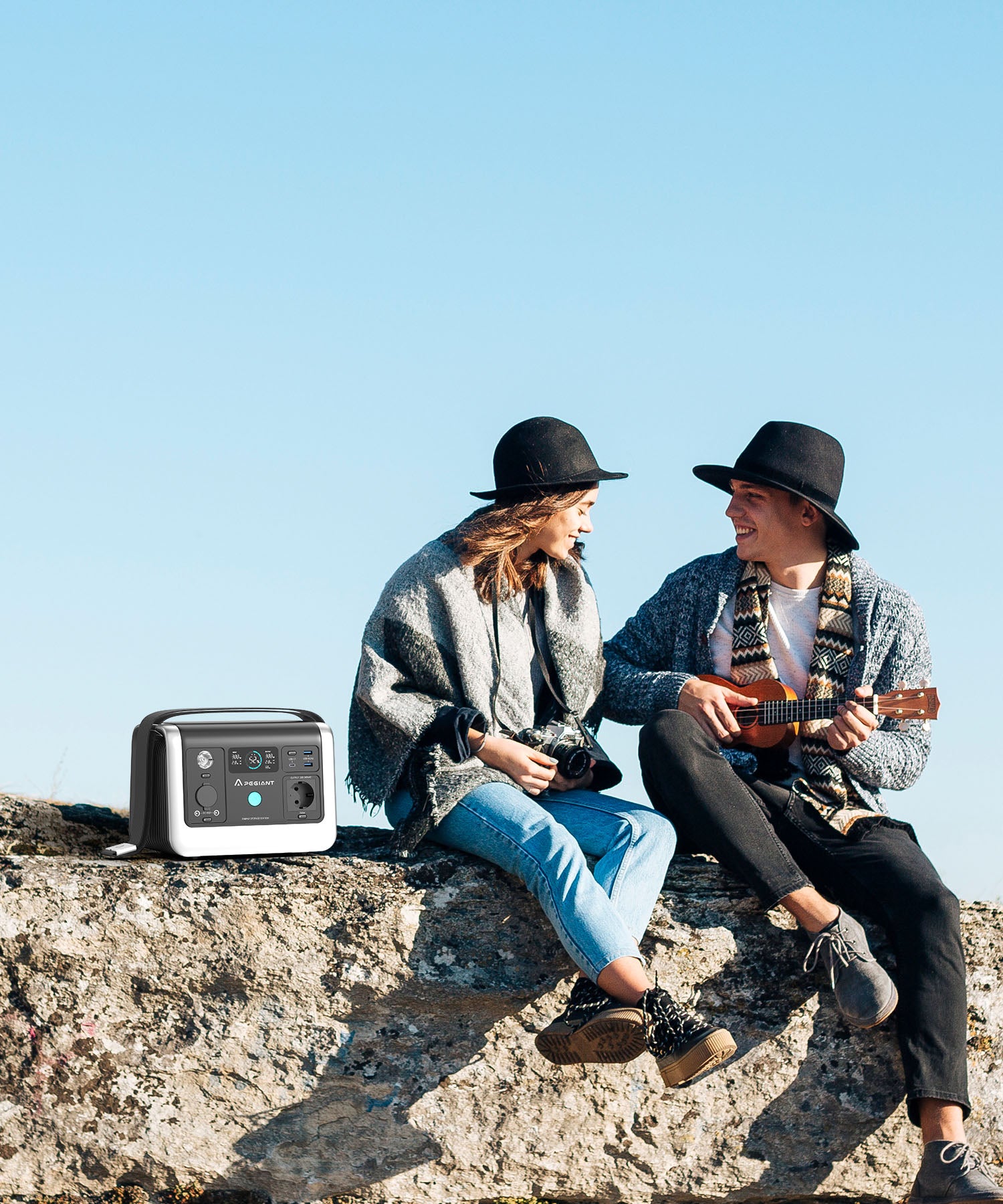
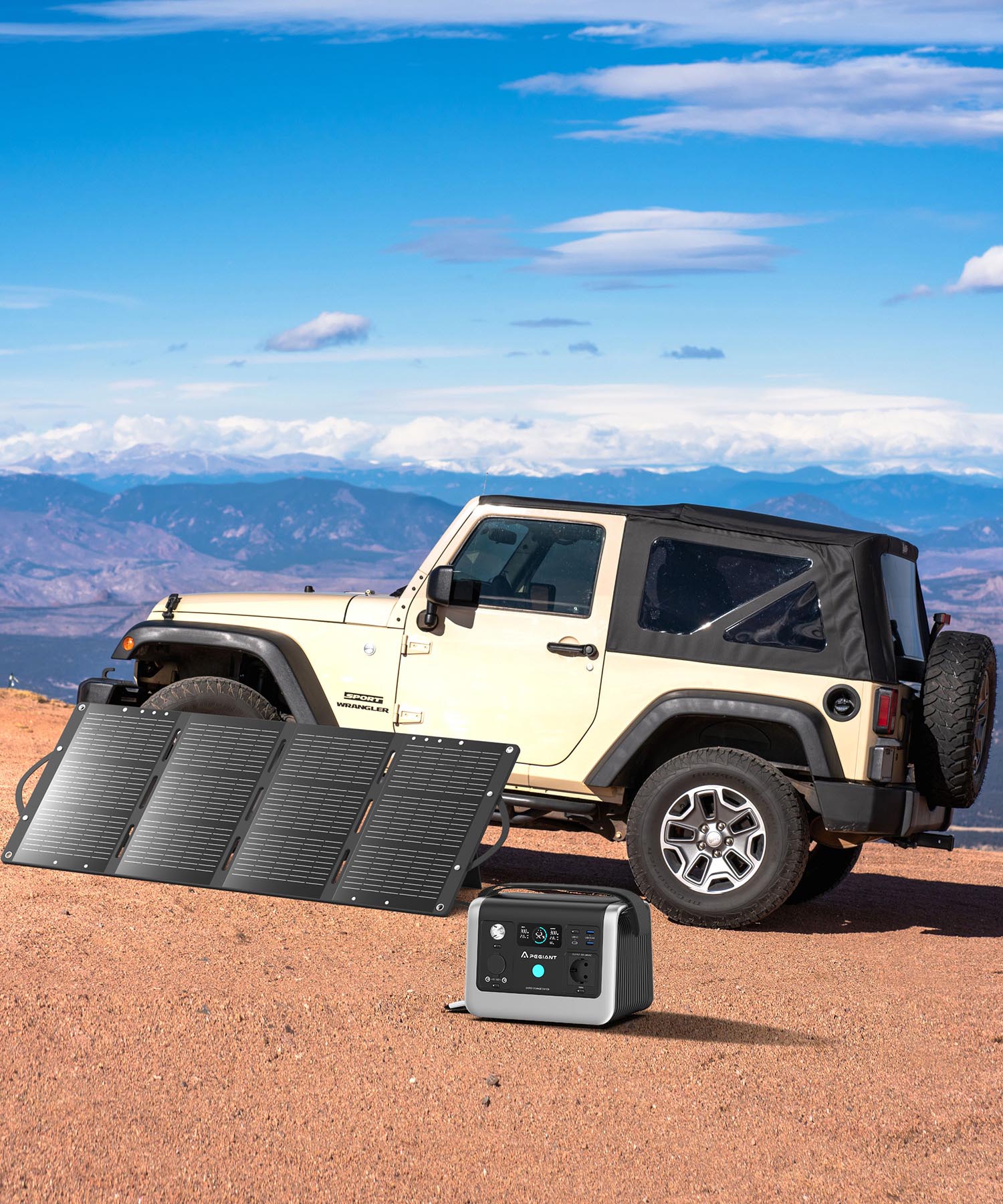
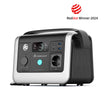
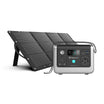
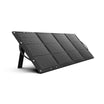

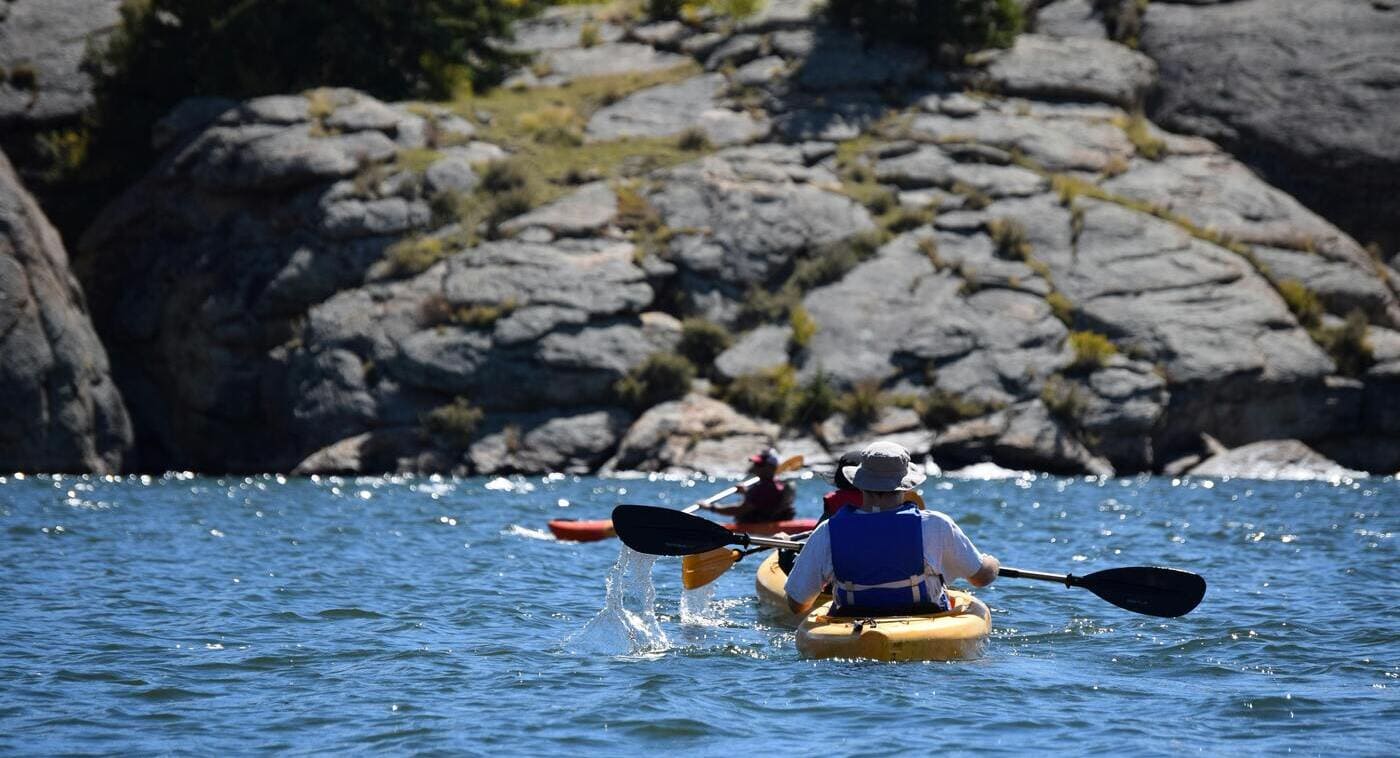
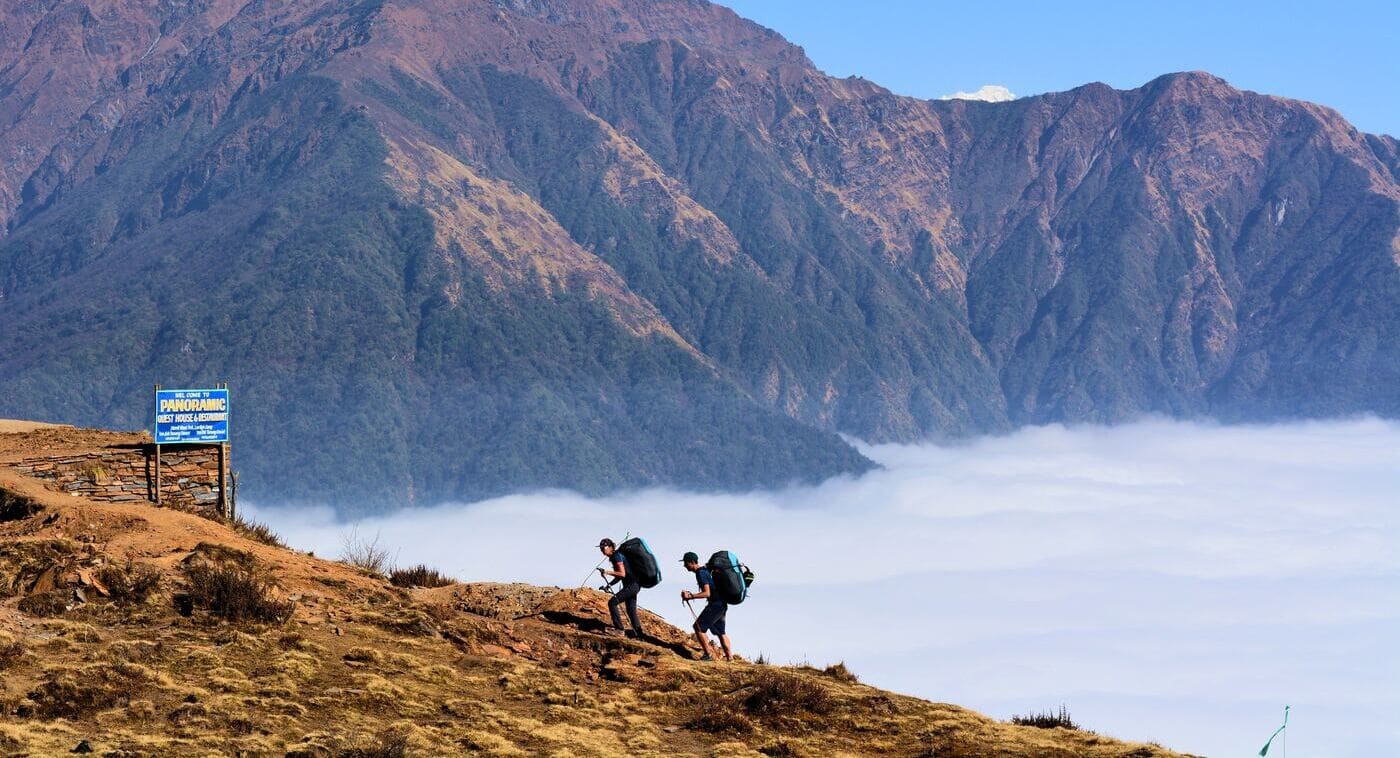
Leave a comment
This site is protected by hCaptcha and the hCaptcha Privacy Policy and Terms of Service apply.